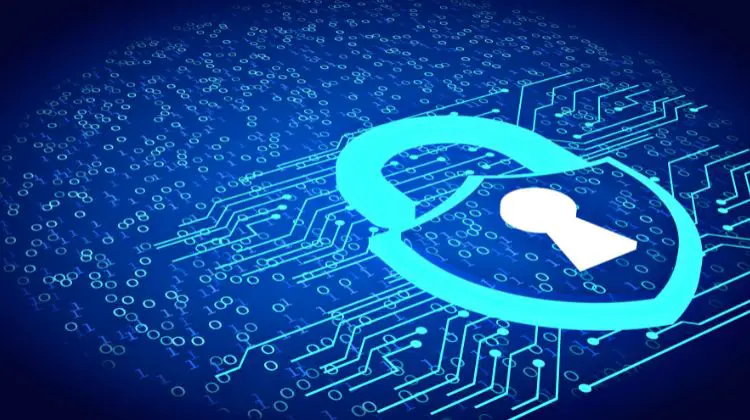High-yield savings accounts are a type of savings account that offer higher interest rates compared to traditional savings accounts. These accounts are becoming increasingly popular as consumers seek ways to grow their savings.
However, finance experts recommend you understand the risks involved in high-yield savings accounts before opening one. This article will help you make an informed decision by providing a comprehensive overview of high-yield savings accounts, their benefits and risks, and factors to consider when choosing one.
Understanding High-Yield Savings Accounts
High-yield savings accounts offer higher interest rates than traditional ones, meaning you earn more interest on your savings over time. Online banks generally offer high-yield savings accounts, as they do not have the same overhead costs as brick-and-mortar banks. They use the savings deposits of their customers to make loans and investments, which allows them to offer higher interest rates.
Compared to traditional savings accounts, high-yield savings accounts also typically offer more accessibility to your funds. Some high-yield savings accounts even provide a debit card or checks to let you access your funds easily. There may, however, be restrictions on how many transactions you can make per month.
Potential Risks To Consider When Opening a High Yield Savings Account
While high-yield savings accounts offer the potential for higher returns on your savings, there are also potential drawbacks to consider. Some of the risks involved with high-yield savings accounts include lower liquidity, meaning it may take longer to access your funds, and the possibility of changes to interest rates. You should also thoroughly research and understand the terms and conditions of the account, including any fees or charges that may be associated with it.
Protect Your Savings: FDIC Coverage Limits for High-Yield Savings Accounts
The Federal Deposit Insurance Corporation (FDIC) provides insurance for depositors in the event that a bank fails. Most high-yield savings accounts are FDIC insured. Still, verifying your account is FDIC-insured before opening an account is essential. Additionally, FDIC insurance has coverage limits, so it’s important to ensure your deposit is within the limit.
Choosing a High-Yield Savings Account
When choosing a high-yield savings account, there are several factors to consider. Among them is the Bank’s stability. You want to choose a financially sound bank. Likewise, consider the fees and charges, as some high-yield savings accounts may have hidden fees or charges that can reduce the interest earned on your savings. Accessibility to your funds is another factor to consider. Some high-yield savings accounts may restrict how many transactions you can make per month.
Your Guide to Safe and Profitable High-Yield Savings Accounts
In conclusion, high-yield savings accounts can be a great way to grow your savings, but it’s important to understand the risks involved and choose wisely. By considering factors such as bank stability, fees and charges, and accessibility to your funds, you can choose the best high-yield savings account for your needs. If you enjoyed this article and want to learn more about personal finance, visit WiseMoneyLife.com.








Reader Interactions